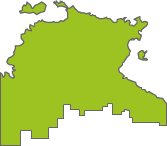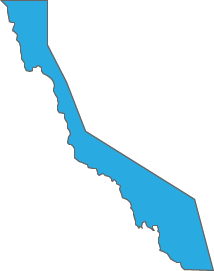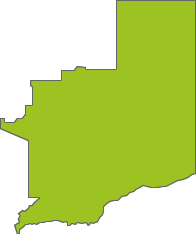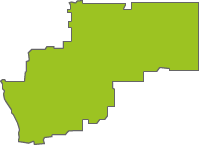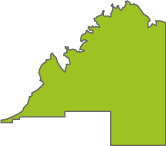Announcements
Hello NatureMaprs!Three new priority species lists of exotic freshwater and terrestrial invertebrates, and vertebrates in the ACT have been added to NatureMapr. Uploading records of these species to N...
Continue reading
NatureMapr now receives more records in NSW than ACT
NatureMapr Data Collector 6.2.1 update
Critical nature positive infrastructure update
IMPORTANT NatureMapr Data Collector 6.2.0 mobile app update
Discussion
https://inaturalist.ala.org.au/taxa/634707-Ectopatria-mniodes/browse_photos
What do you think?
Leptocneria reducta
Medicago sativa
Cyathus striatus
Lampropholis guichenoti
Significant sightings
- Bossiaea grayi at Kambah, ACT
- Bossiaea grayi at Kambah, ACT
- Austromiris nigronasutus at Melba, ACT
- Aprasia parapulchella at Chapman, ACT
- Keyacris scurra at Borough, NSW
- Heide amiculi at Borough, NSW
- Heide amiculi at Tallong, NSW
- Milvus migrans at Symonston, ACT
- Microconops (genus) at Campbell, ACT
- Cardiochilinae sp. (subfamily) at Hall, ACT
Recent activity
Pisonia umbellifera at Kiama, NSW
Gallinula tenebrosa at Kiama, NSW
Alocasia brisbanensis at Kiama, NSW
Tropaeolum majus at Kiama, NSW
Top contributors
- AlisonMilton 15.8K
- trevorpreston 15.2K
- Hejor1 12.4K
- Tapirlord 11.1K
- MichaelBedingfield 10.7K
- RodDeb 10.1K
- Mike 9.7K
- kasiaaus 9.3K
- ConBoekel 8.5K
- KylieWaldon 8K
Top moderators
- MichaelMulvaney 54.6K
- Tapirlord 37.2K
- MichaelBedingfield 21.8K
- Liam.m 18.4K
- donhe 16.8K
- natureguy 15.6K
- ibaird 14.2K
- AlisonMilton 10.6K
- MatthewFrawley 9.7K
- BettyDonWood 8.2K
Explore Australia by region
Australian Capital Territory
Canberra & Southern TablelandsNew South Wales
Southern HighlandsAlbury, Wodonga
Canberra & Southern Tablelands
South Coast
Greater Sydney
Hunter Region
Central West NSW
Riverina Murray
New England
Far West New South Wales
New South Wales North Coast
Northern Territory
Top End and Big RiversCentral and Barkley





































































































































